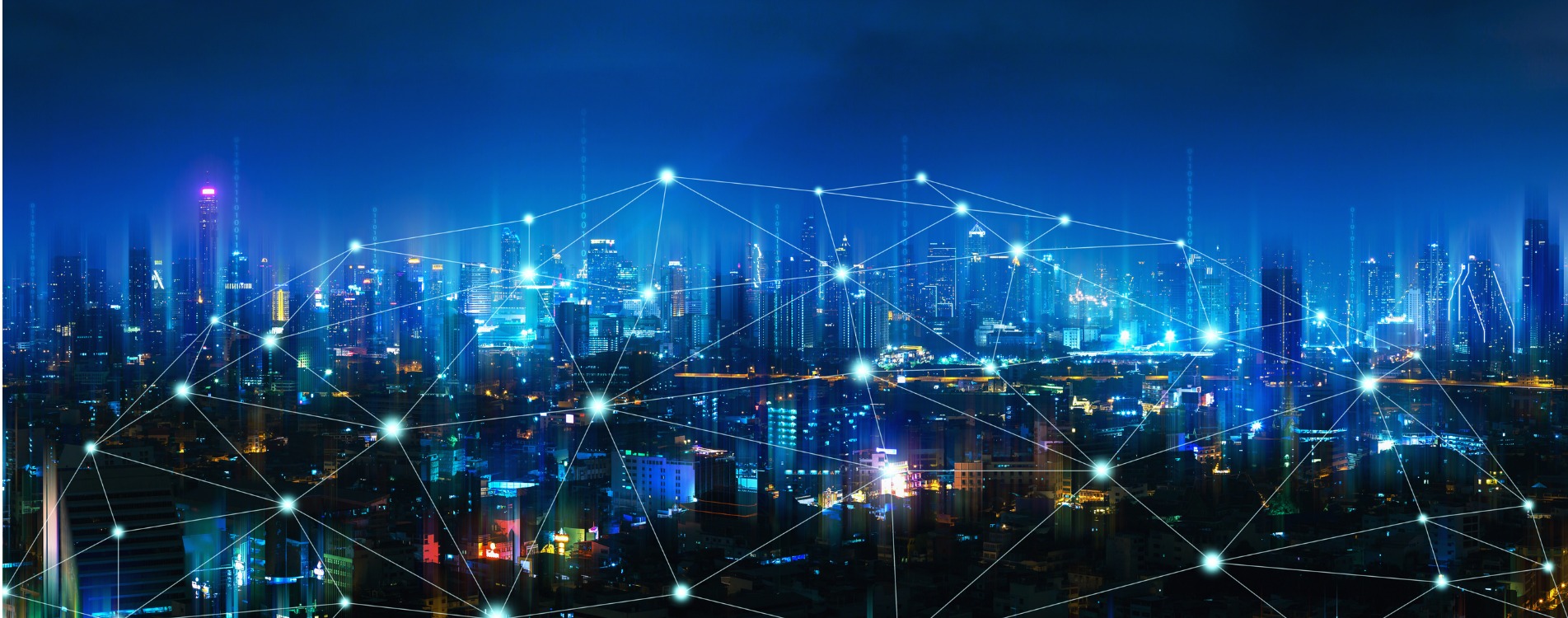CyberC promotes in-depth exploration of the most recent research and developments in the fields of AI/ML & Intelligence, Distributed Computing, Computer vision/Image Processing, Cyber Security, Communications, Metaverse, etc. Professors, scientists, engineers, and students in these areas are encouraged to participate. CyberC also welcomes industrial participations.
Track 1: NLP, knowledge discovery, computational semantics
- NLP, lexical semantics, compositional semantics
- Semantic parsing, textual inference, entailment
- Question answering, event learning, causal and temporal relations,
- Knowledge mining and acquisition
- Text & data streaming, scalable computing, task deployments
- Information extraction, retrieval, and learning
- Multilingual and cross-lingual semantics
- Word sense disambiguation and induction
- Formal approaches to semantics
- Semantics in NLP applications and higher level NLP applications
- Text and speech processing
- Morphological analysis, syntactic analysis, lexical semantics, and discourse
- High performance computing, and intensive data networks
- Discourse, pragmatics, and dialogue
- Social media and social network analytics
- NLP computing security and information assurance
- Graph learning, mining, and opinion mining
- Cloud and high performance computing for big data
Track 2: AI, Machine Learning, Deep Learning, Autonomy, and Intelligence
- AI & machine learning theory, architecture, and system
- Soft computing, neural network, convolutional neural network, and deep learning
- Intelligence computing, inductive learning, reasoning
- Ensemble and evolutionary computation
- Data analytics, social media, and web mining
- Fuzzy set theory, fuzzy controls and systems
- Feature engineering, feature learning, and feature fusion
- Web computing, intelligent and knowledge based systems
- Distributed and parallel systems & algorithms
- Database and data mining and analytics
- Pattern recognition and multimedia
- Data streaming and storage, and data analytics
Track 3: Cloud computing, information system, and distributed computing
- Parallel and distributed algorithms, resource allocation, and load-balance
- Public and private cloud, mobile cloud, mobility-aware cloud data/streams
- SOA, web services, and mobile services (software, infrastructure)
- Cloud resource management and allocation
- Cloud utility models and service pricing
- New parallel / concurrent programming models for cloud computing
- Scientific computation and other applications in the cloud
- Mobility modeling, management and measurement for mobile clouds
- Mobile multimedia content delivery, transferring, and migration
- Content delivery networks using storage clouds
- User experience and cyber security
- Performance evaluation, measurement and optimization
- Communications and network security
- Information security, software security, system security, or cryptography
- Cloud tools, test-bed, simulations, and experimental environments
- Collaborative and cooperative environments
- Cloud QoS, autonomic, reliability, and fault-tolerance
- Web services and internet computing
- Web-caching, content delivery systems and data distribution systems
- Distributed applications, modeling language, and software engineering
- Pervasive/ubiquitous computing and intelligence
Track 4: Computer Vision and Image Processing
- AI for computer vision and image processing
- NLP, image, vision learning, and deep learning
- Texture image representation and classification
- Image filtering and enhancement
- Image segmentation
- Object detection and recognition
- Tracking and motion analysis
- Image synthesis, 3D reconstruction and modeling
- Stereo vision and depth estimation
- Face recognition and biometrics
- Scene understanding and semantic segmentation
- Image and video compression
- Image and video restoration and super-resolution
- Optical character recognition
- Medical image analysis and processing
- Document analysis and recognition
- Video analysis and summarization
- Augmented reality and virtual reality
- Color, multispectral, and hyperspectral imaging
- Medical image computing
- Sensing, representation, modeling, and registration
- Stereoscopic, multiview, and 3D processing
- Biometrics, forensics, and security
Track 5: Mobile Computing, Communications, 5G and Beyond
- Spectrum sensing, fusion, decision-making and allocation
- Signaling process, PHY/link layer protocols and optimization
- Resource optimization, network, and distributed network computing
- Dynamic spectrum access, spectrum sharing, spectrum management
- AI/ML for cognitive radio network
- VNF/SDN (NFV, VIM, VNFs, service function chaining, network slicing, and Open Flow)
- Quantum communications, and network computing resources
- Sensor networks, mesh networks, MIMO and 6G
- Edge computing, IoT connectivity, and energy harvesting
- Industrial IoT, e.g., manufacturing, logistics, and supply chain
- Industry control network, networking theory and algorithms
- Wireless embedded sensor systems, body sensor, smart cities & security
- Cognitive radio and Soft defined radio
- Future generation communications and pervasive computing
- Peer-to-peer network computing and overlaying networks
- Directional antenna and networking
- FDMA/OFDMA modulations, synchronization, and power optimization
- Security & privacy, attacking models, confidentiality & security in communications
- Services, middleware, and multimedia on wireless networks
- QoS, reliability, performance, and communication theory
- Wireless network simulations, implementation, and applications
Track 6: Privacy, Security, and Cybersecurity
- Privacy enhancing, policy, access control, and regulation
- Privacy with surveillance, big data, machine learning, and IoT
- Privacy for healthcare, human-computer interaction, and other applications
- Network security, cybersecurity risk assessment, malware analysis
- Cryptography, cryptographic algorithm, post-quantum cryptography
- Attacks, DDoS, ransomware, and cybersecurity attacks and detection
- Cyber network, configuration, cloud, IoT, and wireless communications
- Multistage attacks, data security, AI and intrusion detection
- Risk assessment, management, and network monitoring
- Blockchain, cryptocurrency, smart contracts, identity management, and voting
- Blockchain applications, e.g., smart grid, healthcare, industrial control systems
- Cyber authentication and access control
- Deep learning for attack behavior, prediction, and game theory
- AI/ML and deep learning for security and privacy
- Cybersafety and privacy, standardization, compliance and forensics




